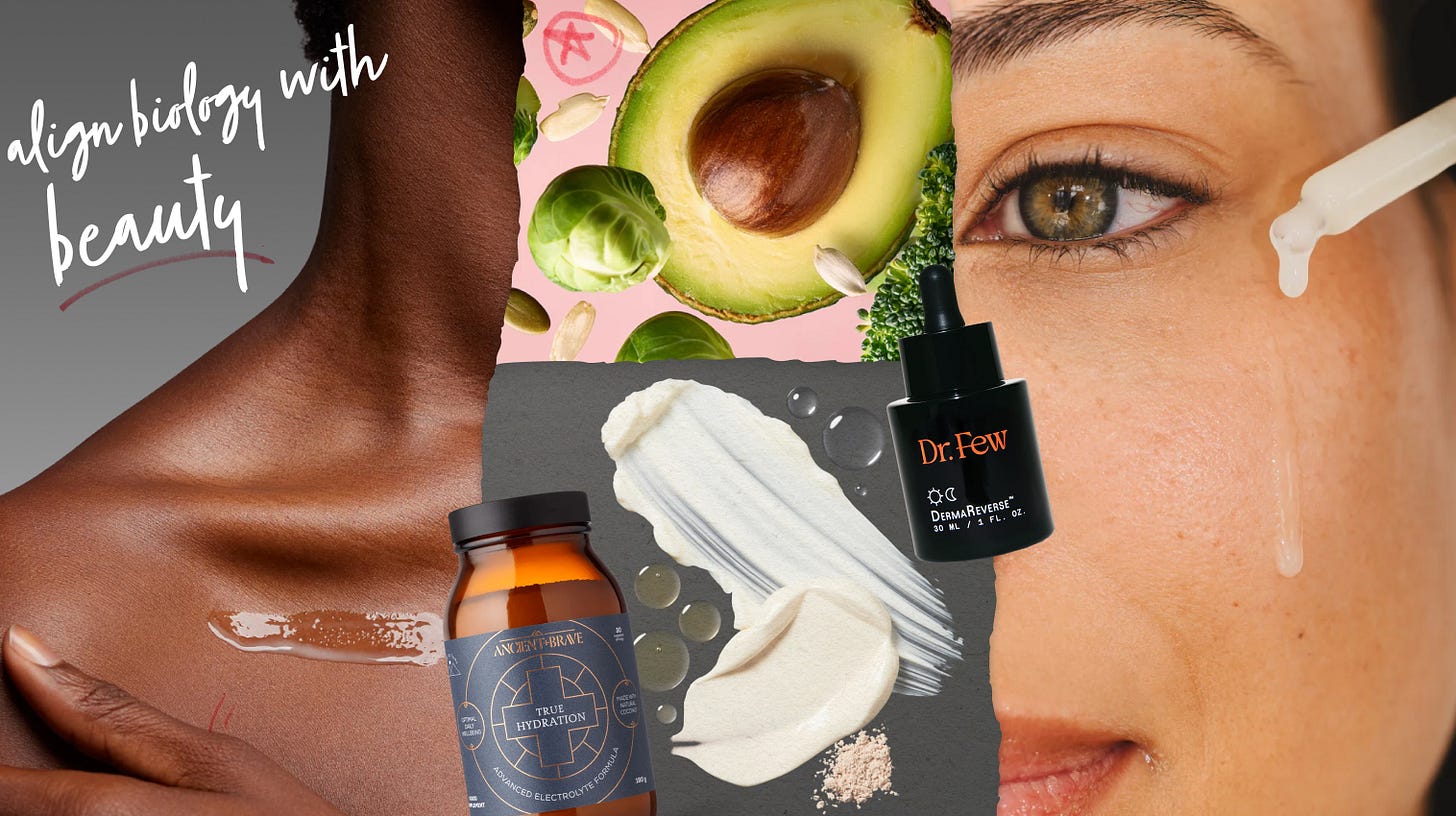Slimming 3.0: From Eat Less to Eat by Design
GLP-1s, functional food, and the rise of metabolic aesthetics
Eat by Design
Weight management has evolved from punishment to precision. GLP-1 medications, such as Ozempic, Wegovy, and Mounjaro, mimic the body’s own appetite-regulating hormone, helping people feel fuller for longer and more steadily. What began as a medical breakthrough has become a cultural reset, reshaping how consumers eat, shop, and self-identify. Appetite is being re-engineered, and with it, the definition of health itself is being redefined.
We’ve seen this shift play out in countless client sessions. Some hesitate because bodies are personal, because appetite feels intimate, but everyone agrees it’s changing how people eat, shop, and self-identify. What started as a conversation about medication has evolved into something much broader: a redesign of daily life, where food, beauty, and emotion now share the same metabolic language.
According to the World Health Organization, more than 2.5 billion adults were overweight in 2022. Euromonitor reports that 18 percent of US respondents took prescription drugs for weight loss in 2025, up from 10 percent the previous year: proof that demand for regulation, not restriction, is accelerating. The goal is no longer punishment, but precision: a body that feels balanced, efficient, and calm. As Dan Frommer reports in The New Consumer, motivations have shifted: 78% of GLP-1 users now cite weight loss as their primary driver, up from 37% in 2021: a trend that mirrors the cultural move toward self-regulation and intentional design.
Brands are already designing around this new logic of control. Conagra’s On Track badge for Healthy Choice meals helps shoppers spot GLP-1-friendly options at a glance. Nestlé’s Vital Pursuit bowls pair high protein and fiber with smaller portions for steady energy. Smoothie King’s GLP-1 Support Menu positions zero-sugar, protein-dense blends as “fuel, not fullness.” Daily Harvest’s GLP-1 Companion Collection offers pre-portioned meals designed to keep users nourished for longer periods. Even SlimFast has reframed its messaging around hunger control and muscle retention rather than calorie cutting. Food is becoming a self-regulating ecosystem where portion, pleasure, and physiology finally align.
Beauty By Design
The same recalibration is rewriting beauty. Rapid weight loss and hormonal shifts create new aesthetic needs, from skin laxity to hair thinning to scent sensitivity. Brands are answering with targeted care. Image Skincare’s VOL.U.LIFT 4D Skin Rebound Complex can help support post-GLP-1 “deflation and density”. Dermalogica’s Dynamic Skin Sculptor uses pro-NAD+ to rebuild firmness, while Dr Few’s DermaReverse supports collagen and elastin production. Fragrance is also being reimagined, with users favoring lighter, comfort-driven notes that evoke a sense of restfulness.
A new wave of “snackable wellness” links inner and outer care. NuStrips’ dissolvable Beauty Strips deliver biotin and folate in seconds. Ancient + Brave’s electrolyte powders counter fatigue and dullness with coconut-water minerals. Pretty Tasty Tea reimagines collagen as a drinkable skincare product in playful, fruit-flavored options. Each reflects a shift from punishment to pleasure, translating biological regulation into sensory design.
As conversations around potential side effects and access evolve, a quieter counterpoint is emerging. Often referred to as “Nozempic,” this movement prioritizes longevity and natural balance over pharmaceutical intervention. TikTok chatter around berberine, Kind Patches’ GLP-1-inspired vitamin blends, and Rodial’s Super Fit Size Zero moisturizer all point to the same desire for self-regulation without extremes. The social buzz has crowned berberine “nature’s Ozempic,” but as Verywell Health notes, the compound doesn’t replicate the GLP-1 pathway and its weight-loss effects are modest and inconsistent. What it does represent is a cultural craving for balance: gentler tools that align biology with beauty. The movement isn’t about replacing medication; it’s about designing for recovery, stability, and glow.
Why It Matters
Metabolic wellness has become the connective tissue linking food, beauty, and emotional well-being. Calm energy, hydrated skin, and balanced mood are the new status symbols. The old diet economy rewarded deprivation; the new one rewards regulation. GLP-1s may have sparked the movement, but the deeper opportunity lies in designing products and experiences that help people feel steady, nourished, and in control. For brands, this is the new normal. Growth will favor those who build systems of balance: where biology meets branding and wellness feels beautifully regulated.





